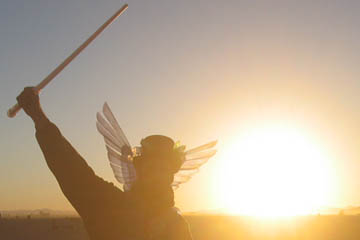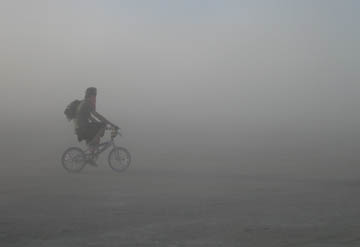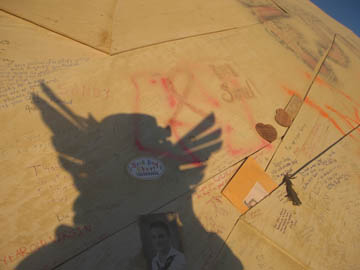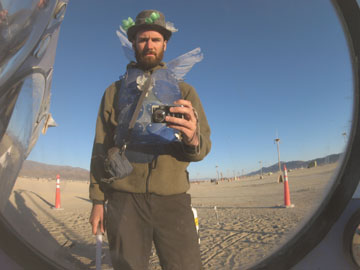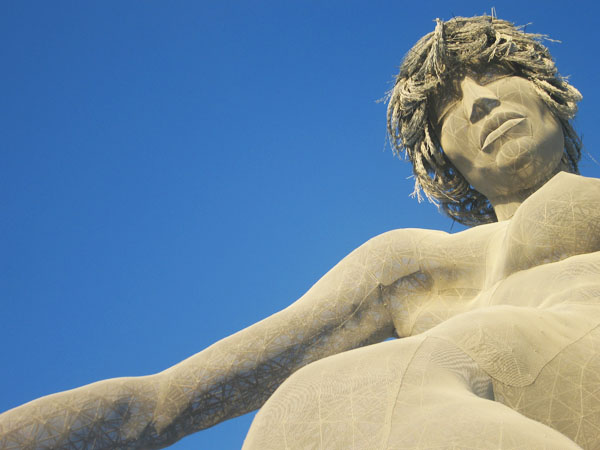
Bliss Dance / Photo Ian MacKenzie
The eyes.
I stare into the eyes of a stranger. Blue, deep, and vibrant. Quivering with life. Glassy like the pools of glacier water from the mountains of my hometown. Wide like the expanse of stars that glisten overhead, in the absence of city lights.
